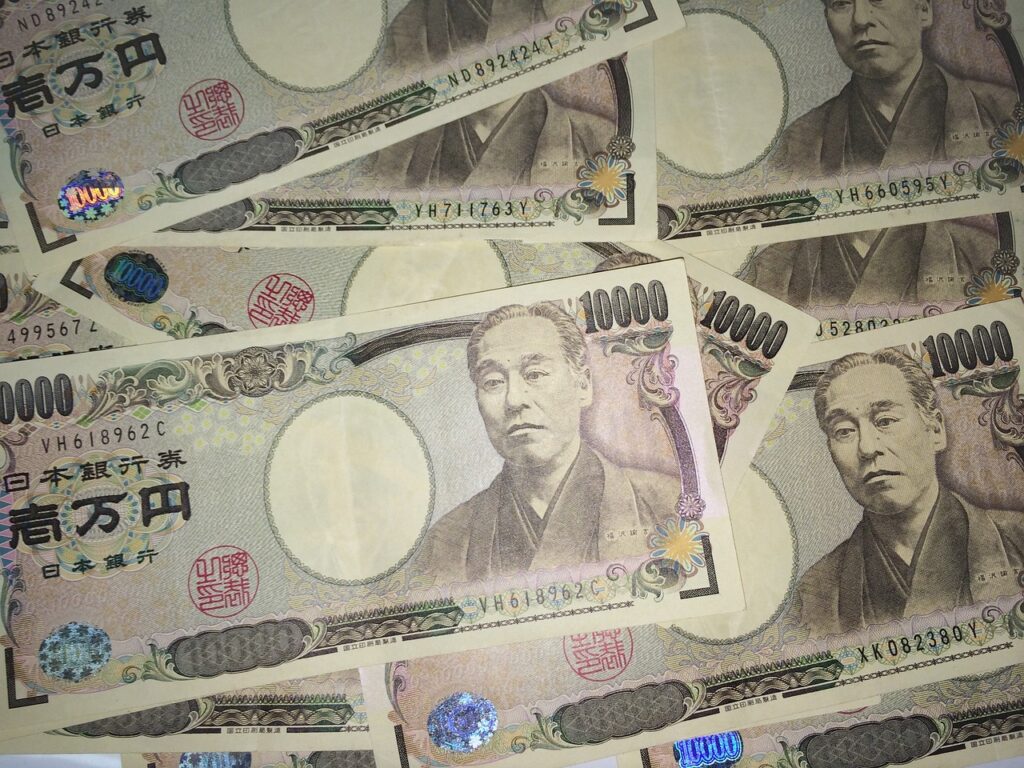Yen Falls to Decade Low, Impacting Japan’s Economy

The Japanese yen has tumbled to its lowest value in over three decades, briefly hitting 160 yen to the US dollar on Monday before recovering slightly. This marks a significant decline from just a few years ago when the exchange rate was closer to 100 yen per dollar, with the yen’s value now back to where it was in 1990, shortly after the burst of Japan’s “bubble economy.”
Factors Contributing to the Yen's Decline

Several factors have contributed to the yen’s steady slide, which has seen it lose more than a third of its value since the start of 2021. One key reason is the Bank of Japan’s (BOJ) policy of maintaining extraordinarily low-interest rates to encourage inflation and boost lending and demand. In contrast, the US Federal Reserve has raised interest rates, making investments in the US more attractive and putting upward pressure on the dollar’s value.
The weakening yen has also been driven by momentum, with investors continuing to sell the currency as it falls, creating a self-fulfilling loop. As a result of the falling currency, exporters are discouraged from converting foreign proceeds into yen, further decreasing demand.
In February, Japan was overtaken by Germany as the world’s third-largest economy and slipped into recession. Last month, the BOJ ended its policy of keeping its benchmark interest rate below zero, lifting its short-term policy rate from -0.1% to between zero and 0.1%. However, on Friday, the BOJ announced it would hold interest rates steady, signaling that further increases weren’t imminent, precipitating another round of yen selloffs.
Impact on Japan's Economy
The weakening yen has both positive and negative impacts on Japan’s economy. On the one hand, it benefits Japanese exporters by making their products more competitive overseas and has led to a boom in tourism as foreign currencies go further. In February, Japan recorded 2.79 million visitors, a record for the month.
However, the weak yen also squeezes households by increasing the cost of imports, particularly energy supplies and food, on which Japan is heavily reliant. This could lead to rising inflation. Domestic consumption remains a major weak spot, as households tend to be net importers and are facing higher prices due to the weak yen.
The weakening yen is also a factor in the decision by big Japanese investors to keep their cash abroad, where it can earn better returns. This trend is exacerbated by an unusually strong US dollar, which has meant that American investments and assets offer far better returns for major financial institutions.

Interventions and Future Outlook

To prop up the yen’s value, Japanese authorities have intervened in the currency market. In 2022, Japan sold US dollars from its reserves to buy yen on three occasions, spending an estimated $60 billion. On Monday, after the yen briefly hit the 160 mark, it rose sharply, leading to speculation that Japan had once again stepped in to support its currency.
Japan’s top currency diplomat, Masato Kanda, declined to comment when asked if authorities in Tokyo had intervened but stated that the current developments in the currency market were “speculative, rapid and abnormal” and could not be overlooked. Analysts believe that if the dollar/yen pair reaches 160 again, the Japanese Ministry of Finance will likely intervene further, with the 160-level representing a new “line in the sand” for the authorities.
Managing the Challenges of a Weakening Yen

The Japanese yen’s rapid decline has raised concerns about its impact on the country’s economy. While a weak yen can provide some benefits, such as boosting exports and tourism, it also poses challenges by increasing the cost of imports and squeezing households.
As the Bank of Japan maintains its low-interest rate policy and the US Federal Reserve keeps rates high, the yen may remain under pressure soon. The Japanese government’s interventions in the currency market aim to stabilize the yen’s value. Still, the currency’s fate will ultimately depend on a combination of factors, including monetary policy decisions and global economic conditions.



